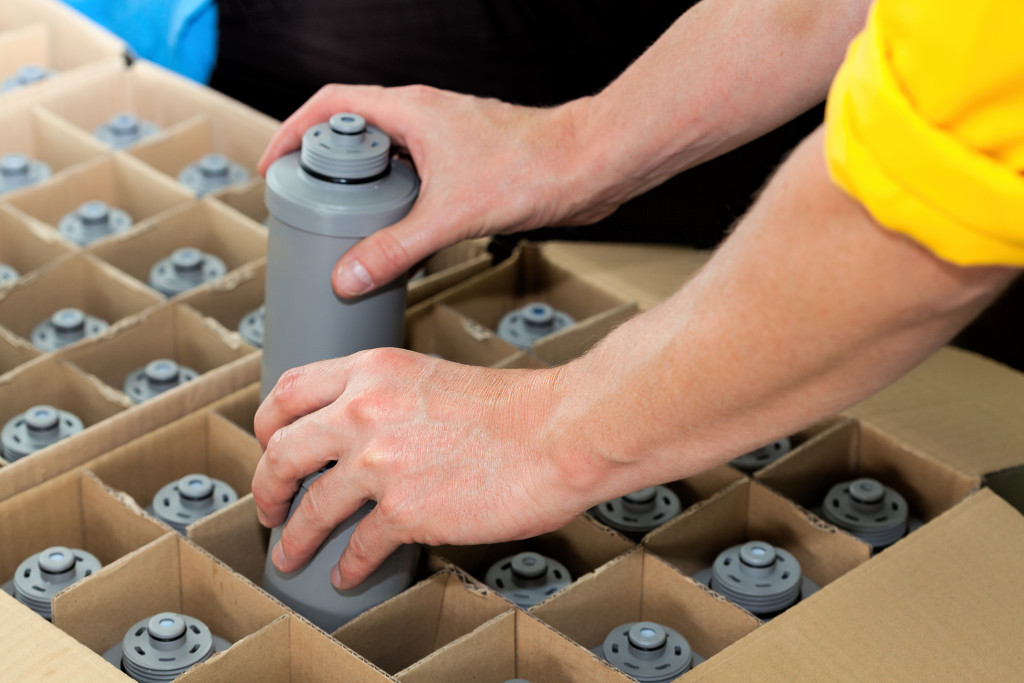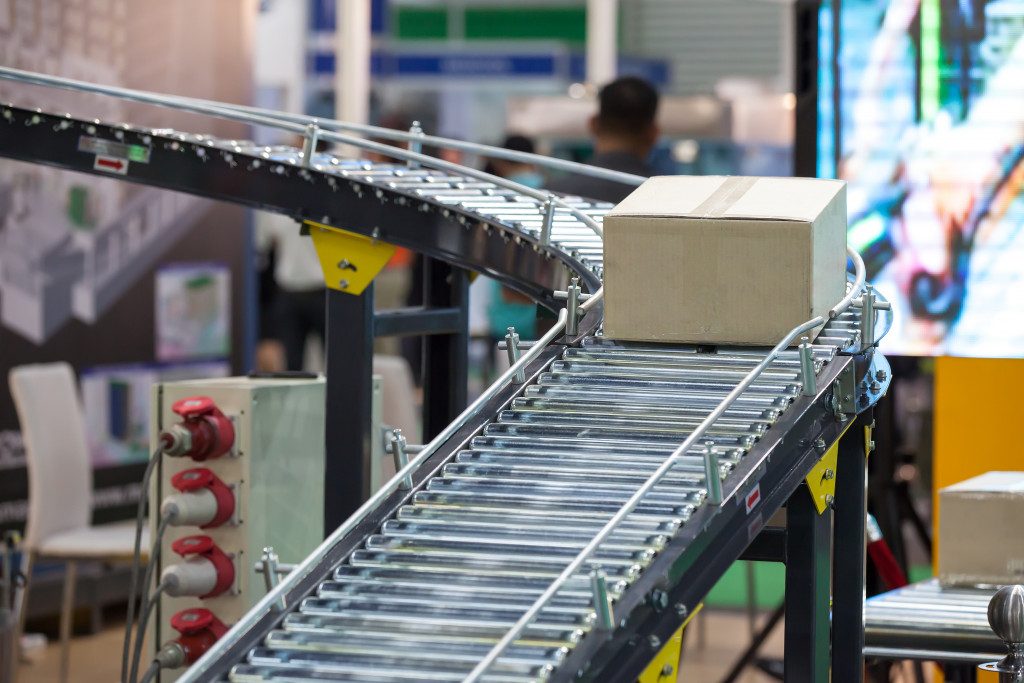Every minute of delay in your production corresponds to a loss. While it’s impossible to avoid wear and tear, there are better ways to handle them to avoid wasting your time, money, and effort. Preventive maintenance should be a given, but there are times that even with a strategy in place, you still suffer from problems.
Consider the possibility that you could be doing some things wrong in the way you maintain your machinery. Assess the strategies you have in place and see if you’re making these three common errors.
You’re Not Consistent.
Preventive maintenance isn’t something you start only when your machinery acts up. It’s a practice you need to commit to regularly from the moment it’s installed.
Doing this enables you to avoid sudden downtime and unexpected costs. Make sure only trained personnel perform preventive maintenance tasks like lubricating machines and changing worn parts. It’s unlikely that even regular maintenance will benefit you if unqualified individuals perform it.
That is especially true for components on your manufacturing floor like liquid-filling equipment. These have step-by-step procedures and guidelines in their manuals that you have to follow to ensure stable performance. Otherwise, your new equipment won’t make any difference in production because you’re causing it to wear sooner than it should.
Correct practices mixed with consistency breeds good results. Make sure every effort counts.
You Don’t Train Your Workforce.
There’s preventive maintenance performed by experts, and there’s autonomous maintenance performed by machine operators. Long intervals between inspections guarantee that you’ll encounter problems, and it’s not practical to bring in your experts daily.
Your best solution is to train your workforce and equip them with preventive maintenance checklists. This list should contain activities marked on a calendar. In time, your operators will know by heart which tasks to do daily, weekly, monthly, and quarterly to keep their equipment running well.
The goal of training your workforce is to familiarize themselves enough with the ins and outs of machinery they operate. This way, when something starts to go wrong, they can tell right away even before the next official maintenance.
You Don’t Expect the Upgrade.
Preventive maintenance does not prevent the need for better equipment. For example, when that liquid-filling machine is no longer supported or becomes obsolete, you have to replace it.
What regular maintenance does is maximize its lifespan and notify you when an upgrade is a must. With the speed in which technology advances these days, improved versions inevitably appear on the market, and the old ones phase out fast. Your only option is to cope, and you have to know how to deal with it well.
Sometimes, it’s not an entire machine that needs replacing but only some of its components. That sounds easier to handle, but it still requires as much planning to avoid a prolonged disruption on your manufacturing floor.
Expect the upgrades and plan the transition as soon as you receive a heads-up. Doing this enables you to reduce your downtime and make-up in production as quickly as possible.
No Room for Complacency

Complacency kills efficiency. Don’t make the mistake of thinking you can do less because everything is functioning well. Take it instead as a sign that you’re all doing a good job—and you should continue doing a good job. After all, you’ve got nothing to lose and everything to gain by keeping a close eye on your machines.
